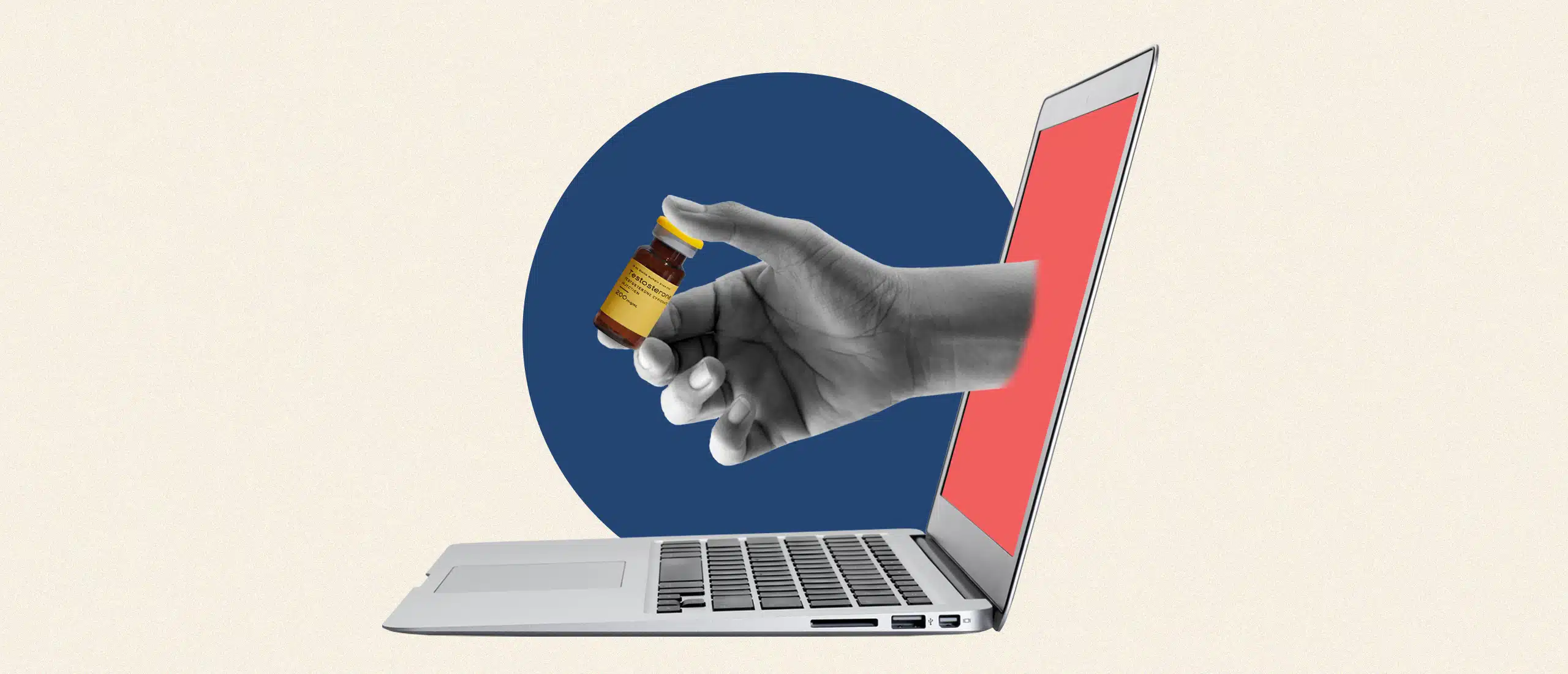In a world where the digital landscape continues to redefine our way of life, the healthcare sector is undergoing a quiet revolution. This digitization isn’t just about the convenience of availing a doctor’s consultation via video call. It’s about fundamentally reshaping how we approach treatment and care, empowering individuals to take control of their health like never before. One area of medicine that’s particularly ripe for the digital shift is hormone replacement therapy (HRT), specifically testosterone replacement. This blog post will explore the burgeoning field of online testosterone replacement therapy, the benefits it offers patients, and the nuanced considerations it brings to the forefront of healthcare.
The State of Testosterone Therapy Today
Testosterone, often heralded as the primary male sex hormone, plays a crucial role in the development and maintenance of typical male characteristics. However, a significant portion of the male population struggles with low testosterone levels, also known as hypogonadism. While this can be a natural part of aging, it can also lead to a range of symptoms, including decreased libido, fatigue, depression, and reduced muscle mass.
Traditionally, diagnosing and treating low testosterone involved in-person visits to a urologist or endocrinologist. These visits would include a series of lab tests, discussions about symptoms, and a treatment plan that often involved regular injections, topical creams, or other forms of testosterone supplementation.
Testosterone Therapy Goes Digital
In recent years, advancements in telemedicine and the growing acceptance of digital health platforms have given rise to a new model of testosterone therapy – one that’s accessible from the comfort of your home. Online testosterone therapy services now offer patients the ability to consult with a medical provider, receive prescriptions, and monitor their treatment, all through a smartphone or computer.
The process typically starts with a comprehensive online consultation, where patients complete a detailed health questionnaire and, in some cases, have virtual appointments with a healthcare professional. If deemed a suitable candidate for testosterone replacement, they can have their medications shipped directly to their door, often with detailed instructions and support for administration. Follow-up appointments are then conducted through the telehealth system, allowing for ongoing monitoring and adjustments to the treatment plan as necessary.
Navigating the Shift
The shift to online testosterone therapy isn’t without its challenges and detractors. Skeptics worry about the potential for misdiagnosis, the quality of care in a digital-only context, and the long-term effects of testosterone replacement without rigorous in-person monitoring. There’s also the broader concern of overprescription and the ethics of embedded sales tactics within some online healthcare platforms.
However, proponents of digital testosterone therapy argue that when done responsibly, it can offer substantial benefits, particularly to those who live in remote areas without easy access to specialists. It can also lead to more consistent monitoring, as patients aren’t reliant on scheduling and attending in-person visits.
The critical task in this era of digital health is to establish clear guidelines and best practices for telehealth treatments. This includes proper patient education, transparent communication about the risks and benefits of hormone replacement, and ongoing research to ensure these new models of care are effective and safe.
The Physical and Psychological Impact of Online Testosterone Therapy
For men grappling with the symptoms of low testosterone, the impact of successful online therapy can be life-changing. Improved energy levels, a reinvigorated sex drive, and enhanced mood can all be significant byproducts of normalized testosterone levels. These benefits extend beyond mere physical health and can have positive ripple effects on mental well-being, relationships, and overall quality of life.
However, it’s essential to recognize that hormone therapy is a nuanced field. Hormone levels that are too high can result in adverse effects, including an increased risk of prostate cancer, sleep apnea, and potentially a higher propensity for cardiovascular issues. That’s why proper monitoring and responsible treatment are vital, whether online or in a traditional setting.
The Future of Testosterone Therapy and eHealth
As the field of eHealth continues to expand, the possibilities for improving hormone replacement therapy are significant. Beyond simply digitizing the existing model, the integration of AI and machine learning could lead to more personalized and effective treatments. These technologies could analyze a broader range of patient data and provide more detailed insights into the nuances of hormone imbalance.
Looking toward the horizon, the continually advancing field of regenerative medicine may even offer alternatives to traditional testosterone replacement. Stem cell therapies and gene editing could, theoretically, address the root causes of low testosterone, providing long-lasting or permanent solutions that bypass the need for ongoing hormone supplementation entirely.
An Empowering Paradigm for Men’s Health
Ultimately, the promise of online testosterone therapy lies in its ability to empower men to address health issues that are often stigmatized or overlooked. By democratizing access to these essential health services, we move closer to a paradigm where anyone, regardless of their location or circumstances, can take charge of their well-being.
Of course, this empowerment must be accompanied by meticulous oversight to ensure that patients receive the best care possible. The onus is on healthcare providers, policymakers, and the platforms themselves to build a system that leverages the benefits of digital health without compromising patient safety.
The intersection of testosterone therapy and online health services is a fascinating frontier, brimming with potential and laden with responsibility. It’s a path we tread carefully, but one that, when navigated with care, could lead to a healthier, more connected future for men around the world.

